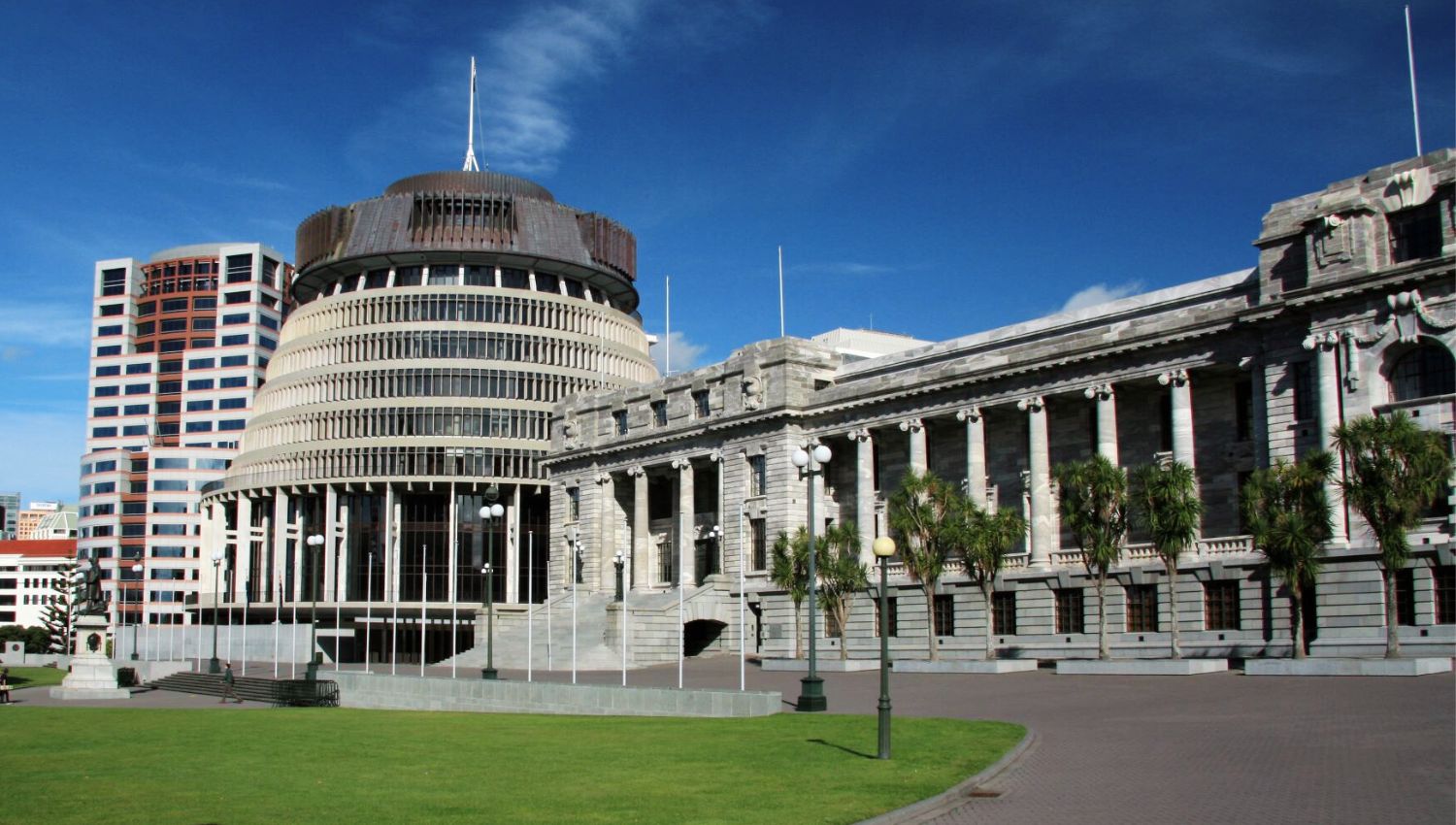The Government last week introduced the Resource Management (Enabling Housing Supply and Other Matters) Bill (the Bill) to Parliament, which is the result of collaboration between New Zealand’s two major political parties. The collaboration itself signifies the seriousness of Aotearoa’s housing supply issues, with the Bill aimed at introducing mechanisms to mitigate these issues.
The Bill introduces new medium density residential standards for our five major cities – Auckland, Hamilton, Tauranga, Wellington and Christchurch. The standards include some significant changes, requiring councils to make the following activities permitted for residential zones:
- Three houses on each site to be permitted with no minimum lot size;
- Height restriction of 11 metres (or three storeys) and an additional 1 metre for a pitched roof;
- A six metre height restriction at the boundary and a 60 degree recession plane (illustrated compared to Tauranga City Council’s (TCC) current rules in the drawing below);
- Minimum setbacks of only 2.5 metres from the front boundary and 1 metre from rear and side boundaries;
- Minimum outdoor living spaces of 15m2 for ground floor units and 8m2 for houses with no ground floor area;
- Outlook space of 3m x 3m from the principal living room, and 1m x 1m from all other rooms.
For more than four units per site, or for developments which do not comply with the standards set out above, the activity will require resource consent as a restricted discretionary activity. Further, for applications for the construction of more than four units any notification is precluded.
Most significantly, these standards will apply to all residential zones (subject to limited exceptions where this level of intensification is not considered appropriate for a variety of reasons). While currently TCC has targeted their intensification largely to the Te Papa peninsular, these standards will apply to all residential zones in Tauranga including Otūmoetai, Mount Maunganui, Pāpāmoa, Pyes Pa and Bethlehem, as well as Western Bay of Plenty residential zones such as Omokoroa.
This will inevitably result in some loss of privacy and daylight over time in these zones, but the changes are designed to allow for the intensification deemed necessary for our cities to accommodate New Zealand’s growing population and to enable the transition to lower carbon urban environments. This Bill is a clear message that both of our major political parties consider that intensification should be given priority.
Plan changes or variations giving effect to these standards are required to be notified by 20 August 2022 and will have legal effect as soon as notified. Further, an ‘Intensification Streamlined Planning Process’ will be followed, to support fast adoption of these measures as well as those already included in the National Policy Statement for Urban Development 2020 (NPSUD).
Outside of the five cities listed above, the Ministry for the Environment can recommend, where a city is in acute housing need, that an Order in Council requiring a tier 2 urban environment (including Rotorua) to comply with these measures be made.
The Bill will have its first reading next Tuesday 26 October, with a limited submission period closing on 16 November. The Government aims to pass the legislation by 16 December and it is almost certain that that will occur, given the bill has cross party support from the National and Labour parties. If you would like to discuss preparing a submission, or have any questions about the Bill please do not hesitate to get in touch with us.



